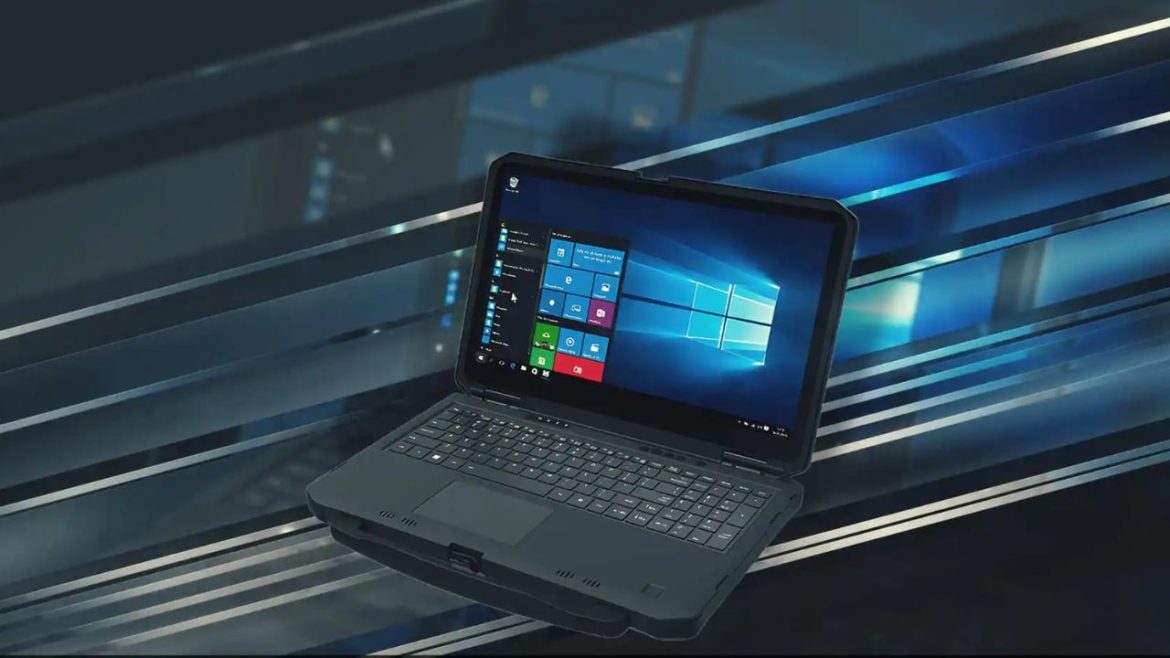The reinforced computing systems are built to work consistently in an environment where conventional consumer-grade systems have a high chance of failing. Such systems are used in manufacturing, military, transportation, and energy, which are some of the industries where high-performance computing should be coupled with utmost durability. Thermal management is one of the most critical but underestimated parts of rugged system design. In the absence of effective thermal regulation, even the strongest Reinforced Computer can experience a decrease in performance, breakdowns, or even irreversible damage to its hardware. In businesses such as Refan Electronics, thermal management is not only a design aspect but a foundation of all reinforced systems.
Heat in the Extreme Environment
The reinforced computers are usually installed in areas with harsh temperatures, low air circulation, and accessibility through normal maintenance. Compared to the office environment, which is stable in terms of air conditioning and controlled environment, industrial applications subject computers to heat caused by the surrounding equipment, high temperatures during outdoor activities, indoor installations, and 24-hour operation cycles. This may create severe internal heating, leading to poor system performance and component lifespan.
Power supplies, memory modules, and processors all emit heat when in normal use. When this heat is not well taken care of, the internal temperature of the system may reach unsafe operating conditions. Recurrent thermal shock eventually leads to solder joint fatigue, expansion of material, and wear of the electronic components, which become expensive to repair and lost time.
Active versus Passive Cooling Solutions
Thermal management techniques are usually passive thermal management techniques and active thermal management techniques. Refan Electronics combines both, depending on the system structure and planned use conditions. Passive cooling is where heat sinks, thermal pads, and special enclosures that give off heat without any moving parts are used. This is a very fail-safe process, because there is no failure of the fans and less dust is generated to pile up in the ventilating systems.
Active cooling, however, is when heat is forced out of critical parts by the use of fans and possibly liquid cooling systems. More complicated, active cooling is necessary in high-performance systems or in installations where natural convection is inadequate, e.g., in a tightly enclosed installation. Refan develops its active cooling setups using industrial-level fans capable of being used continuously and even exposed to dust, moisture, and vibration.
Design Guidelines on Thermal Efficiency
Good thermal management is initiated in the design phase. Refan engineers take into consideration patterns of heat generation, layout of components, and materials used in enclosures during reinforced system design. The most heat-producing components are placed in an optimal position to allow plenty of airflow or heat-dissipating surfaces to touch. The chassis is designed to provide ventilation channels, and enclosures are made of highly thermally conductive materials to facilitate passive cooling.
Moreover, Refan chooses the components that can operate under high temperatures. This involves wide-temperature-range processors, memory, and storage devices that remain operational in high reliability even as the ambient conditions vary. Such practices of the design guarantee that the whole system can be used at a full load, and the full load will not be accompanied by thermal throttling or instability.
Performance Maintenance of Continuous Load
The reinforced computers in most industrial environments are supposed to run without much downtime. Be it a production line, an equipment monitor within a power plant, or a communication system on a mobile unit, these systems tend to work hard 24 hours a day. The management of heat is very important in maintaining the stability of performance under these load conditions.
Devoid of proper cooling, the systems can subject themselves to thermal throttling, which automatically slows the speed of processors in a bid to decrease temperatures. This may lead to slow processing, poor responsiveness of the system, and errors in time-sensitive applications. Refan systems have been constructed to deal with heat efficiently; this enables them to work in full capacity over long periods of time without decreasing performance.
Conclusion
Durability in reinforced computing is not only related to hard casings and waterproof shells but also refers to what goes on inside the gadget. A main component of that durability is thermal management. It protects the performance of systems and keeps them operational, and extends equipment life in harsh and severe conditions. Firms such as Refan Electronics focus on intelligent thermal design as an important component of their rugged computing philosophy. In this way, they offer industrial users technology that can be relied upon to work, no matter how hot it may get.

